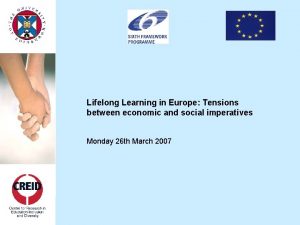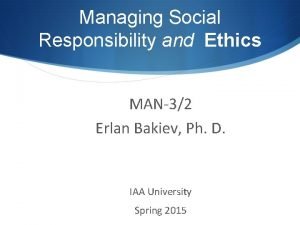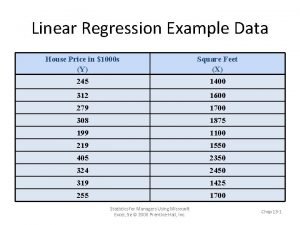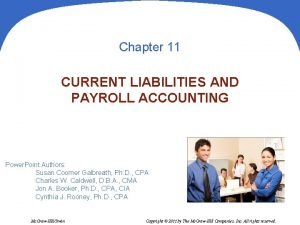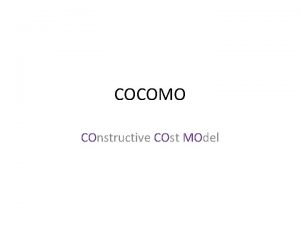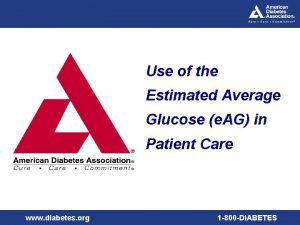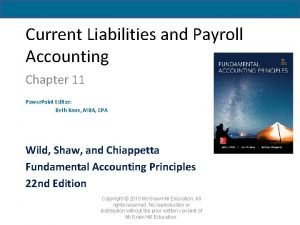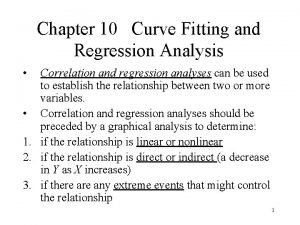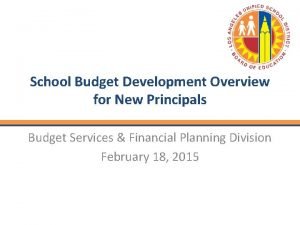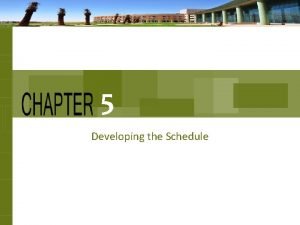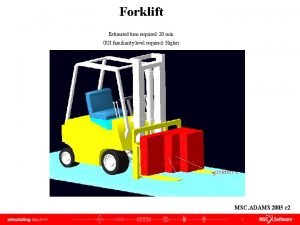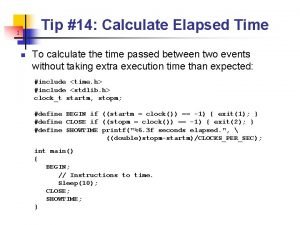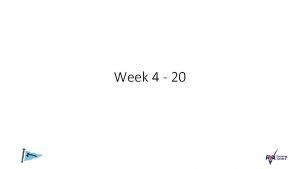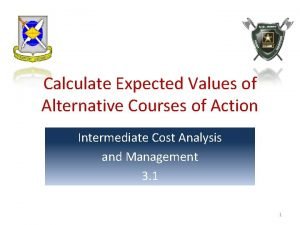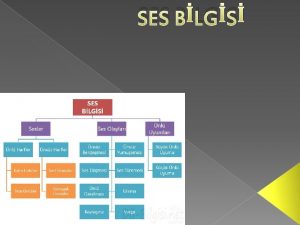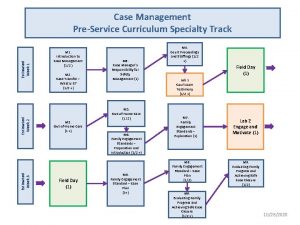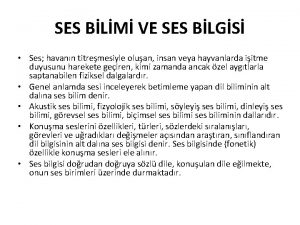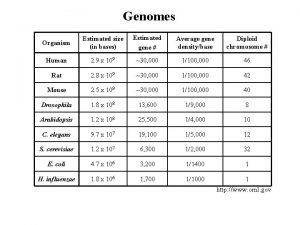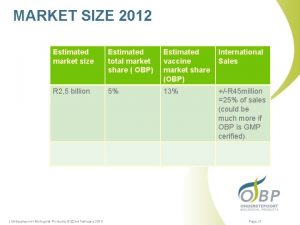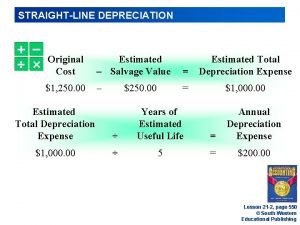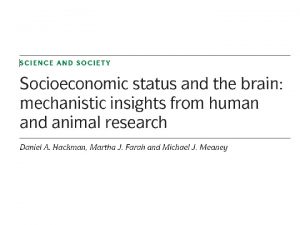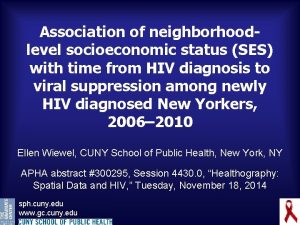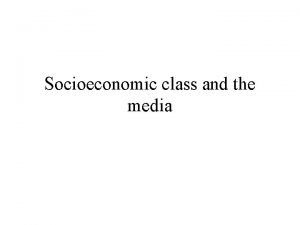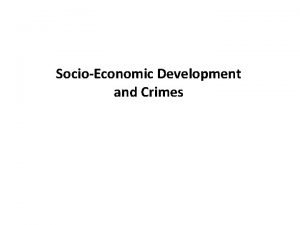Socioeconomic Status Socioeconomic Status SES is estimated as




















- Slides: 20

Socioeconomic Status § Socioeconomic Status (SES) is estimated as a composite of income, education level, work experience, and the prestige or status of your job § It is your position in society and social position in relation to others § Social class is more than just income and money

Does Poverty Inhibit Success?

Socioeconomic Status

Socioeconomic Status

Social Class § Group of people who share a similar economic position in society, based on wealth and income § Divisions based on ties to the economy of a society § Commonly known as the following § Upper Class § Middle Class § Working Class

Social Class

Upper Class § This is the most discussed group at 1% of the population § Families headed by high-level executives, lawyers, doctors, scientists, celebrities, etc. § Education system and media both play important roles in perpetuating and reproducing the United States class structure

Upper Class § This is the most discussed group at 1% of the population… § To be among the top 1% of U. S. earners, a family needs an income of $421, 926. Although this varies by state. § Idaho § Annual income required to be in the top 1%: $314, 532 § Average annual income of the top 1%: $829, 268 § California § Annual income required to be in the top 1%: $514, 694


Middle Class § Important in defining the United States culture as they are 40 -50% of the population § Other classes are measured against the values and norms of the middle class § Middle class people worry about § Job Security § Taxes § Unemployment § Cost of Living § Health Care

WORKING CLASS (LOWER-CLASS) § More susceptible to downturns in economy § Lower levels of education § Job loss through downsizing § Hourly wage jobs § Often define their jobs as irrelevant to their core identity § View job as sacrifice for family § Want better for their kids

WORKING CLASS (LOWER-CLASS) § More susceptible to downturns in economy § Service industry workers (fast food, car wash, etc. ) § Lower levels of education § Often define their jobs as irrelevant to their core identity § View job as sacrifice for family § Want better for their kids

The Poor (Underclass) § Poverty usually pervades all aspects of their life with and uncertainty of shelter, food, and employment § Most publicly visible consequence of poverty is homelessness § Between 2. 3 and 3. 5 million people experience some type of homelessness over the course of a year § Typical poor family spends about 60% of after-tax income on housing § Average middle-class homeowner about 23% § Experience barriers to health care and education

Poverty § Absolute Poverty – Not having the minimal requirements a human being needs to survive § Relative Poverty – A lesser economic position compared to the living standards of the majority of a given society § Feminization of Poverty – is when women and children make up an increasing proportion of the poor

Poverty § Poverty Line (government calculation) § Amount of yearly income a family needs to meet its basic needs § Developed in 1960 s and is based on amount needed for food times three § In 2020, poverty line for family of four was $26, 200 § Poverty Rate § Percentage of residents in the United States whose income falls below the poverty line is estimated at more than 11. 1% prior to the pandemic.

Growing Income Inequality The United States has greatest income inequality of any industrialized nation

Income Inequality

Social Mobility Movement of people between classes § Horizontal Mobility § Changing jobs within the same class § Vertical Mobility § Occupation moves up or down § Caste System § Does not allow for social mobility

“Benefits of Poverty for Society” § Ready pool of low-wage laborers § Ensures enough people to populate the military § Military personnel in the war in Iraq were disproportionately ethnic and racial minorities from poor or workingclass families § By 2006, 34% of the U. S. military personnel killed in Iraq came from the poorest quarter of families, while 17% came from the richest quarter

“Benefits of Poverty for Society”
 Symbol of socioeconomic status
Symbol of socioeconomic status Socioeconomic model
Socioeconomic model Socioeconomic examples
Socioeconomic examples A personality measure of a person's convictions is
A personality measure of a person's convictions is 421 rule
421 rule Example of actual elapsed time
Example of actual elapsed time Examples of linear data
Examples of linear data Employee vacation benefits are estimated liabilities
Employee vacation benefits are estimated liabilities Inelastic collision
Inelastic collision Estimated standard error of mean
Estimated standard error of mean Cocomo example
Cocomo example Estimated average glucose 128
Estimated average glucose 128 Employee vacation benefits are estimated liabilities
Employee vacation benefits are estimated liabilities Estimated standard error formula
Estimated standard error formula Ecast lausd
Ecast lausd The estimated duration for each activity must be the
The estimated duration for each activity must be the Adams step function
Adams step function Estimated and actual elapsed time
Estimated and actual elapsed time What is estimated position
What is estimated position Alternative courses of action example
Alternative courses of action example Estimated blood loss
Estimated blood loss

